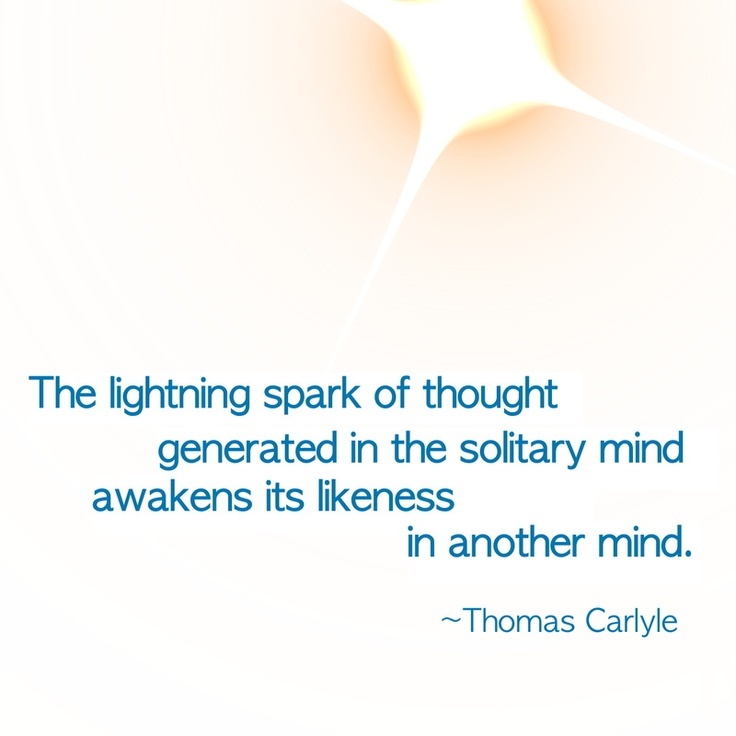Erasing Bad Memories Might Soon Be Possible
Geege Schuman stashed this in Neuroscience
Stashed in: Emotion, Brain, Awesome, the new
Memories are a complex combination of objective information—the color of a car, the size of a building—and less tangible emotional feelings, like fear, anxiety, joy, or satisfaction. But to scientists, memories are nothing more than a series of chemical and physical changes, the firing of a nerve here, which sends electrochemical impulses to another nerve there, which together encode everything that we associate with a memory.
But exactly what do those changes look like? And is it possible to override them? In a milestone paper published in the journal Nature, scientists may have provided some answers, explaining how emotional baggage gets attached to memories, and how that can be manipulated to quite literally turn bad memories good. In separate work appearing in the journal PLOS ONE, researchers say that a commonly used anesthetic gas, xenon, if administered at exactly the right moment, can also strip the painful and negative feelings associated with a traumatic memory, essentially neutralizing it.
The gas xenon, which is used in anesthesia (primarily in Europe), can neutralize the fear associated with a traumatic memory:
Exposing mice that had experienced foot shocks to the gas dramatically reduced their fear behaviors – such as freezing up and avoiding areas associated with the painful shock – for up to two weeks. That’s because xenon preferentially targets certain receptors, called NMDA, on brain nerves that are concentrated in learning and memory regions. So when a traumatic memory is activated, those neurons involved in recalling that memory are prime targets for xenon, which blocks the cells from making their usual connections to the emotional hub in the brain known as the amygdala. “My speculation is that xenon lessens the impact of the emotional component, the real emotional pain associated with a traumatic experience,” says Meloni.











10:55 AM Aug 28 2014